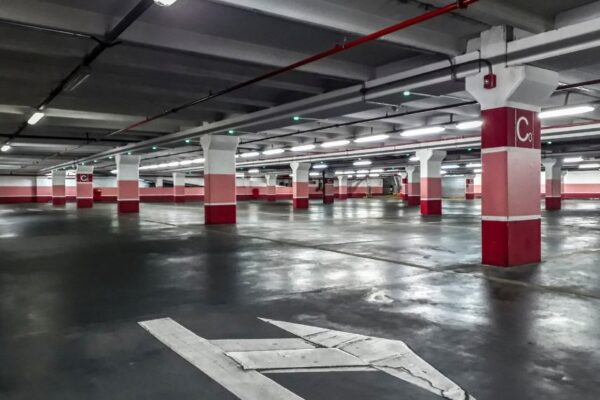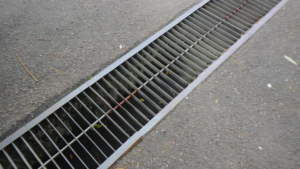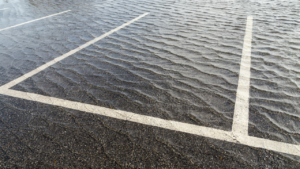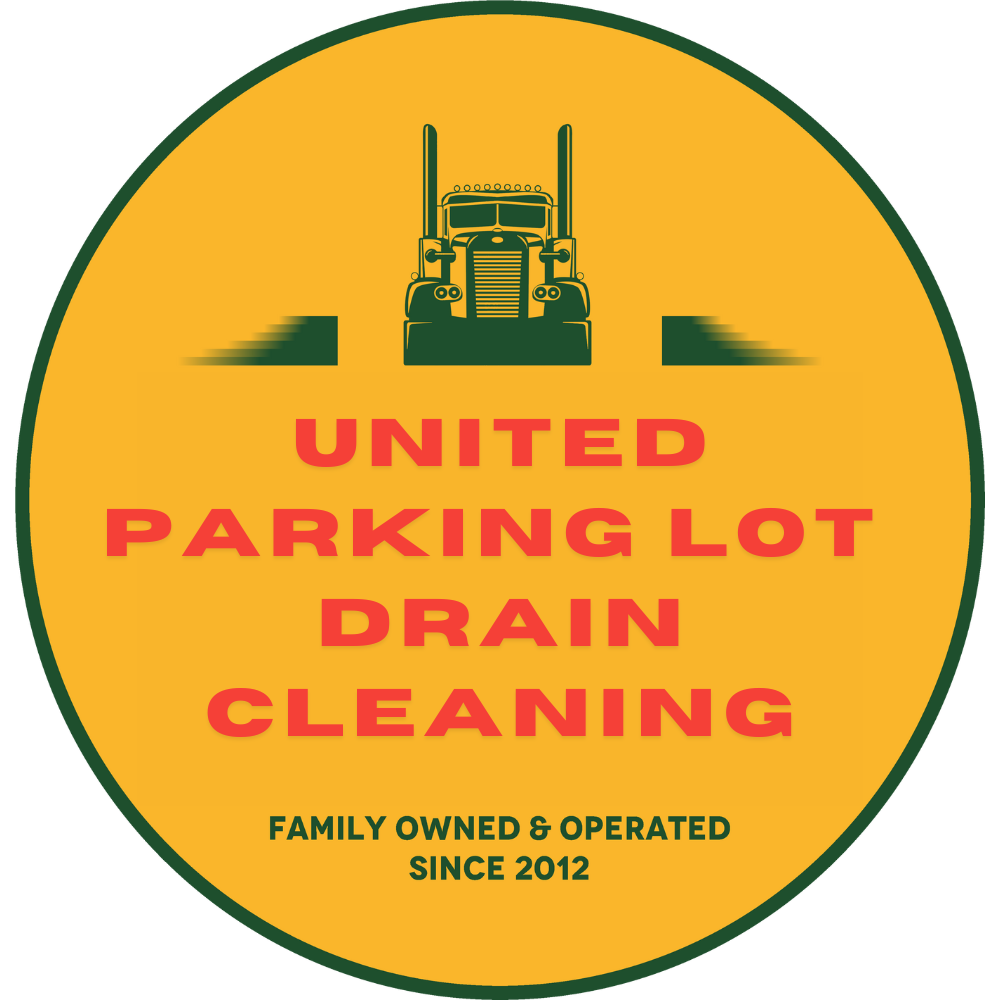
Maintaining a well-functioning parking drainage system is crucial for any property owner or manager. Whether it’s a large commercial parking lot or a multi-level parking garage, proper drainage prevents water accumulation, reduces damage to the infrastructure, and enhances safety. In this blog post, we’ll explore the importance of parking lot storm drain systems, the role of effective parking garage drainage, and how to keep your parking drainage in top condition.
Why proper parking lot drainage matters
Parking lots and garages are exposed to the elements year-round, and without proper parking drainage, water can quickly become a major issue. Accumulated water can lead to:
- Surface erosion: Standing water can cause asphalt or concrete surfaces to erode over time, leading to cracks and potholes.
- Structural damage: Water that seeps into the foundation can cause serious damage, compromising the integrity of the parking structure.
- Safety hazards: Pooled water increases the risk of slip-and-fall accidents for pedestrians and can make driving conditions hazardous.
To avoid these problems, it’s essential to have a well-designed parking drainage system in place.
Key components of a parking drainage system
A well-designed parking drainage system ensures that water is effectively collected and directed away from the surface. Here are the key components that contribute to efficient parking drainage:
- Graded surfaces: The parking lot or garage surface should be graded to ensure water flows towards the drains. Proper grading prevents water from pooling in low spots.
- Parking lot storm drains: These are the main collection points for water. A parking lot storm drain is strategically placed to capture runoff and direct it into the drainage system.
- Catch basins: Located beneath the storm drains, catch basins collect debris and prevent it from entering the drainage pipes. Regular cleaning of catch basins is crucial for maintaining the system’s efficiency.
- Drainage pipes: These pipes transport the water from the storm drains to the municipal sewer system or a designated drainage area.
- Permeable pavement: In some cases, permeable pavement may be used to allow water to seep through the surface and into the ground, reducing runoff and easing the load on the drainage system.
By understanding and maintaining these components, property owners can ensure that their parking drainage system remains functional and effective.
Parking garage drainage: Special considerations
Parking garage drainage presents unique challenges due to the enclosed nature of the structure. Water accumulation in parking garages can lead to serious structural issues if not properly managed. Here are a few tips for effective parking garage drainage:
- Waterproofing: Ensure that the parking garage is properly waterproofed to prevent water from seeping into the concrete and causing damage.
- Drain placement: In multi-level garages, it’s important to place drains strategically to capture water on each level and prevent it from accumulating or flowing into lower levels.
- Regular maintenance: Regular inspection and maintenance of the parking garage drainage system are essential to catch potential issues early and prevent costly repairs.
Maintenance tips for your parking drainage system
Regular maintenance is key to ensuring that your parking drainage system remains effective over time. Here are some maintenance tips to keep your system in top condition:
- Inspect regularly: Regularly inspect the parking lot storm drain and other drainage components for signs of blockage, damage, or wear.
- Clean debris: Remove debris from catch basins and storm drains to prevent clogs. Leaves, trash, and sediment can accumulate over time, reducing the efficiency of the drainage system.
- Repair damages promptly: Address any cracks, potholes, or other damages to the surface or drainage components as soon as they are noticed to prevent water from infiltrating the system.
- Check grading: Ensure that the surface grading remains intact and that water is flowing toward the drains as intended.
Conclusion
A well-maintained parking drainage system is essential for protecting your property, ensuring safety, and extending the lifespan of your parking lot or garage. By understanding the components of parking lot storm drain systems and taking proactive steps to maintain them, you can prevent water-related issues and avoid costly repairs. Whether you’re dealing with an open parking lot or a multi-level garage, effective parking drainage is key to keeping your property in top shape year-round.
In case you need assistance regarding Parking Lot Drain Service, don’t hesitate to get in touch with our proficient team at United Parking Lot Drain Cleaning.
Share This:
Latest Post
-
Why Hiring a Certified Drain Cleaning Company for Your Parking Lot Is Critical for Avoiding Legal Trouble
-
Why Parking Lot Drain Cleaning Is Essential for HOAs, Property Managers, and Businesses
-
Signs Your Parking Lot Drain Needs Professional Cleaning
-
How to Prepare Your Parking Lot for Hurricane Season in South Florida
-
Parking lot drains: How to keep your lot safe and dry?

Autor / Editor : Jonathan Moreno
Jonathan Moreno is a South Florida Digital Marketing expert with over 12 years of experience with passion for creating hight value content to educate and bring value to visitors.
Related Posts

Why Hiring a Certified Drain Cleaning Company for Your Parking Lot Is Critical for Avoiding Legal Trouble
United Parking: Ensure your parking lot drain is well-maintained by hiring a certified cleaning company...
Read More
Why Parking Lot Drain Cleaning Is Essential for HOAs, Property Managers, and Businesses
United Septic and Grease: Keep your parking lot drains in top shape to enhance safety...
Read More
Signs Your Parking Lot Drain Needs Professional Cleaning
United Parking Drain: Your parking lot drainage system is critical for preventing water damage and...
Read More